
Introduction
The lion, known as the king of the jungle, is not only admired for its majestic appearance and powerful roar but also for its unique dietary habits. In this article, we will delve into the fascinating world of the lion diet and explore the reasons behind its specific food choices.
Evolutionary Adaptations
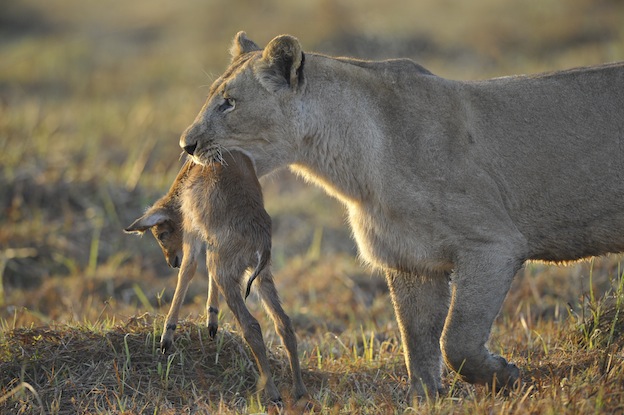
Lions are apex predators that have evolved over millions of years to become highly efficient hunters. Their diet is primarily composed of large ungulates, such as wildebeests, zebras, and buffalo. This preference for herbivores is a result of their evolutionary adaptations, including their muscular build, sharp teeth, and keen eyesight.
Meat: The Staple Food

Lions are obligate carnivores, which means that they rely solely on meat for their nutritional needs. The consumption of meat provides them with essential nutrients, including protein, fats, vitamins, and minerals. The high protein content in their diet helps maintain their muscular strength and vitality.
Hunting Strategies

Lions are known for their cooperative hunting strategies, often seen in prides consisting of several adult females, their offspring, and a dominant male. This teamwork allows them to bring down larger prey that would be impossible for a single lion to tackle. Their powerful jaws and sharp claws aid in securing their prey during hunts.
Scavenging Opportunists
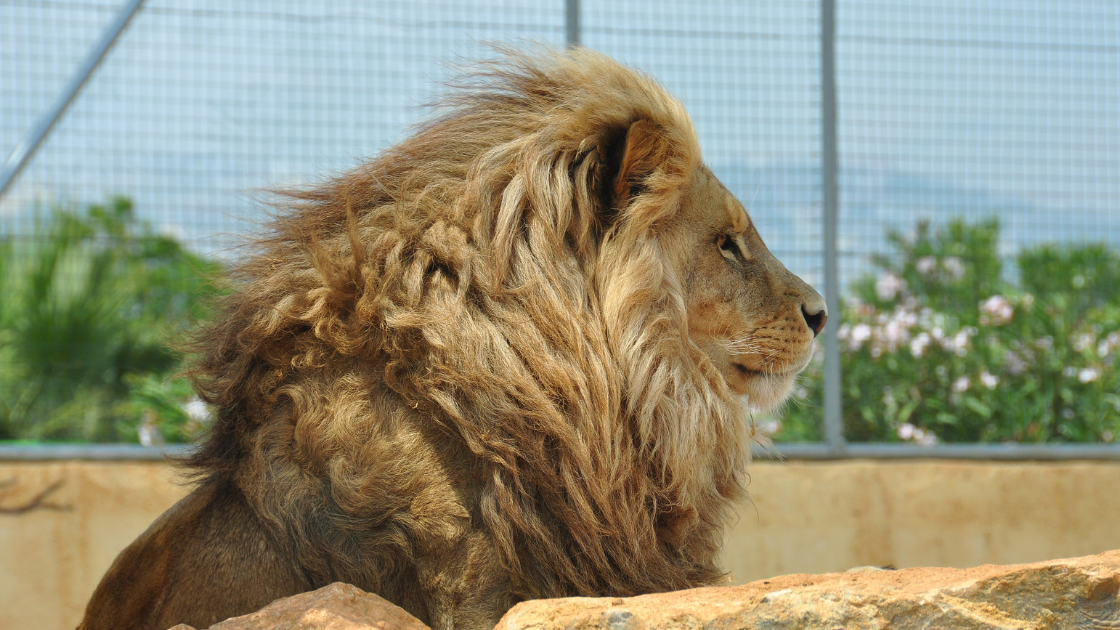
In addition to hunting, lions are opportunistic scavengers. They often take advantage of kills made by other predators, such as hyenas or cheetahs. This scavenging behavior ensures that lions have a more consistent food supply, especially during times when hunting may be challenging.
Prey Selection
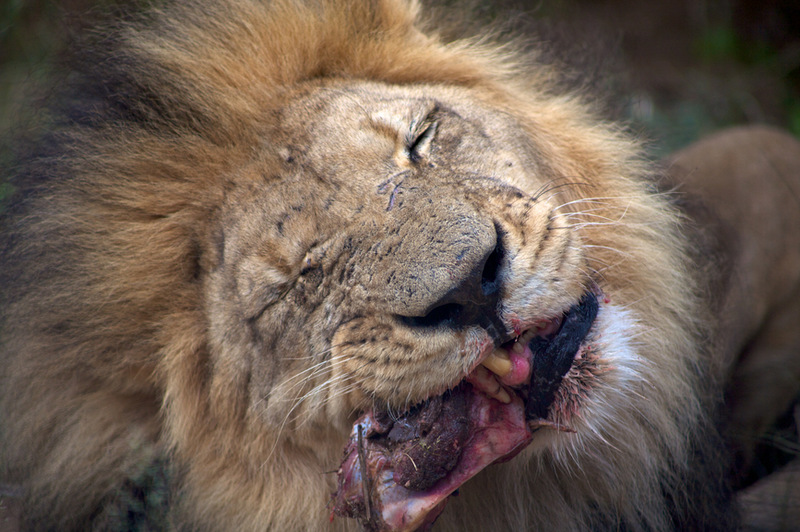
Lions typically target medium to large-sized herbivores, selecting their prey based on factors such as availability, vulnerability, and energy efficiency. They often prefer animals that are young, old, injured, or weakened, as they provide an easier catch. This prey selection helps maintain the balance of the ecosystem by targeting weaker individuals.
Feeding Behavior
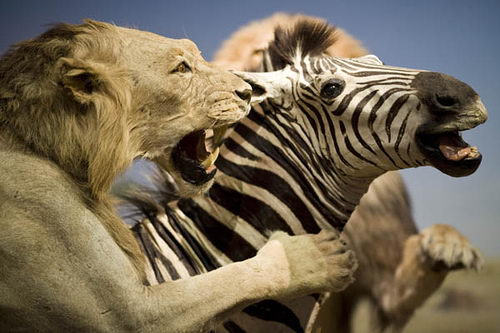
After a successful hunt, lions gorge themselves on the fresh kill, consuming as much meat as possible in a short period. Their feeding behavior is characterized by an intense competition for access to the carcass, with dominant individuals usually getting the first share. This behavior ensures that lions receive their required portion of the meal.
Food Sharing and Social Structure

Food sharing is an essential aspect of the lion's social structure. The dominant male and females, along with their offspring, enjoy priority access to the kill. Once they have eaten their fill, the remaining scraps are distributed among subordinate members of the pride. This cooperative feeding behavior strengthens social bonds within the group.
Dietary Adaptations
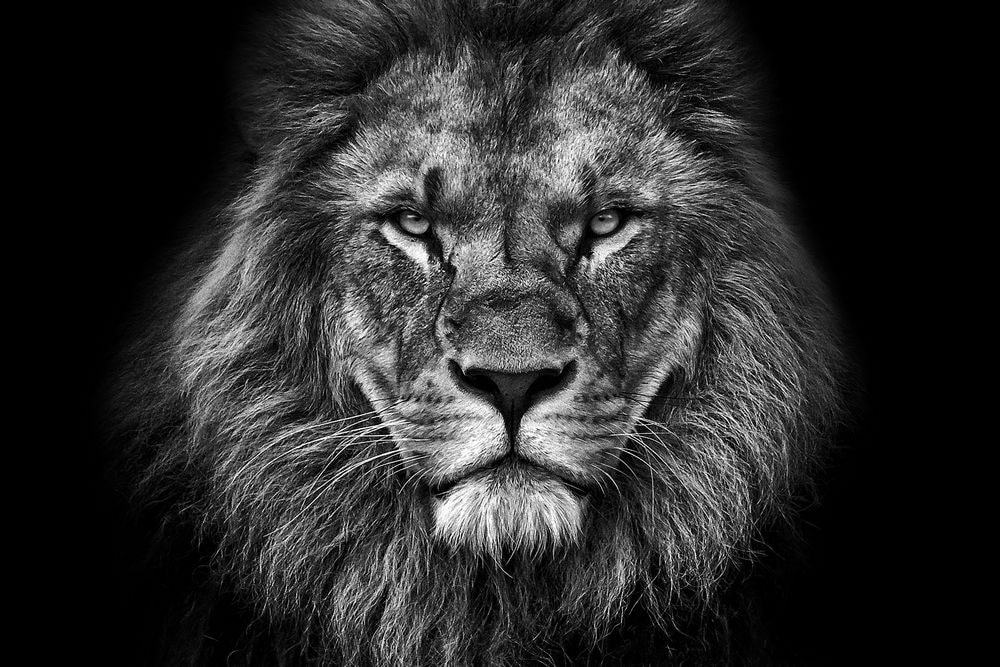
Lions have unique dietary adaptations that allow them to thrive in their environment. Their digestive system is designed to handle a high-protein diet, efficiently breaking down meat and absorbing nutrients. Additionally, lions can survive for extended periods without food, enabling them to endure times of scarcity.
Conservation Concerns
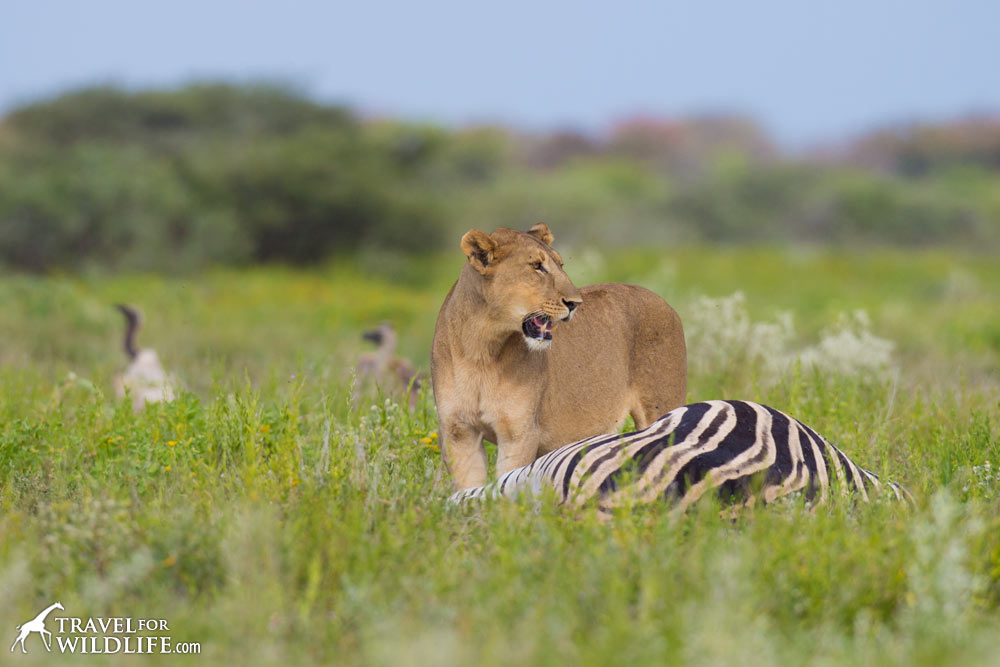
Despite their powerful presence, lions face numerous conservation challenges in the wild. Habitat loss, human-wildlife conflict, and illegal hunting pose significant threats to their survival. Conservation efforts, including protected areas and education initiatives, are crucial for preserving lion populations and maintaining the delicate balance of ecosystems.
Conclusion
The lion's diet is a testament to its status as a top predator. Its preference for meat, hunting strategies, and scavenging behavior all contribute to its survival in the wild. Understanding the intricacies of the lion diet allows us to appreciate their role in maintaining healthy ecosystems and underscores the importance of conservation efforts to protect these majestic creatures.